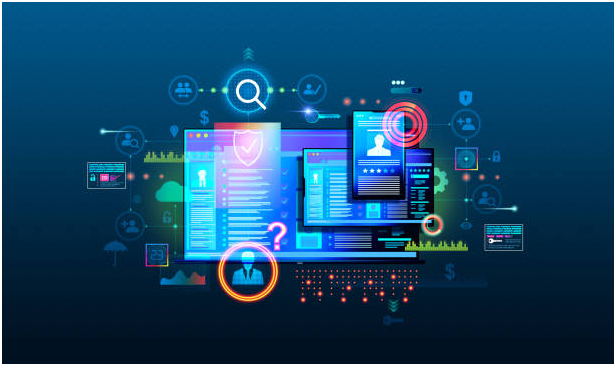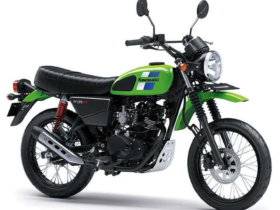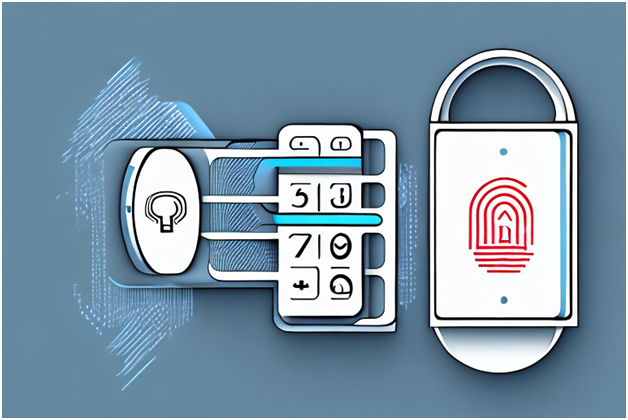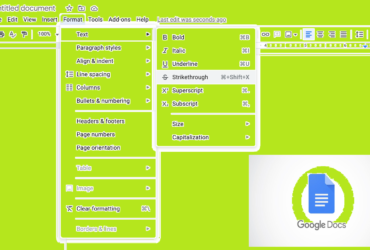Imaginations can come alive like never before with the incredible capabilities of modern animation. Through advanced technologies and techniques, animators can bring 3D characters to life with unprecedented realism, engaging audiences with rich and dynamic stories. The art of rigging and animation is at the heart of this creative revolution, providing the tools to transform static models into vibrant characters that move, emote, and interact with their surroundings.
The Puppeteers of the Digital World: Understanding Rigging
Rigging, in the context of 3D animation, can be compared to constructing a puppet. It involves creating a complex system of joints and controls that allows animators to manipulate a character’s movements.
A well-rigged character can perform a wide range of motions, from basic locomotion like walking and running to complex actions such as dancing or fighting. The rigging process is a crucial foundation for animation, laying the groundwork for the character’s believability and expressiveness.
Breathing Life into Pixels: The Magic of Animation
Once the rigging is complete, the process of animation begins. This is where the 3D characters truly come alive. Animators manipulate the rigged models, creating a pose sequence that conveys movement and emotion. This involves an understanding of timing, pacing, and the principles of motion. A skilled animator can make a character move naturally and expressively, creating a compelling performance that captivates the audience.
Animating a character is not just about moving limbs and body parts. It involves the subtleties of facial expressions, body language, and coordinating various elements to create a convincing performance.
From Sketch to Screen: The Journey of an Animated Character
The journey of an animated character from an initial concept sketch to a fully-realized character on the screen is a complex and fascinating process. It begins with character design, where artists conceptualize and create the character’s visual appearance.
Then, modelers build a 3D representation of the design. Once the model is complete, it is passed to the rigging team, who constructs the skeleton and controls. Finally, the character is handed over to the animators who breathe life into it, making it move, emote, and interact with the world.
Beyond Entertainment: The Wide Reach of Animation
While animation is often associated with films and video games, its applications extend beyond these industries. It’s used in fields as diverse as architecture, where it can help visualize proposed structures; in medicine, where it can provide detailed representations of human anatomy for education or surgical planning; and in advertising, where it can bring products to life in compelling ways. Rigging and animation skills are, therefore, not just tools for entertainment but valuable assets in a wide range of professional contexts.
Adobe says, “They have a collection for everyone.”
The Future of Animation: Riding the Wave of Technology
As technology continues to advance, so too does the potential of animation. Tools are becoming more intuitive and powerful, opening up new possibilities for what can be achieved. Virtual and augmented reality are providing new platforms for animation, while artificial intelligence and machine learning are beginning to automate some aspects of the process, freeing up animators to focus on the creative aspects of their work.
The art of rigging and animation is a fascinating field that has transformed how you tell stories and visualize information. Through technical expertise and artistic vision, animators can bring 3D characters to life in a way that engages, entertains, and educates. As you look to the future, the possibilities for what can be achieved in this field are limited only by the boundaries of your imagination.











Leave a Reply